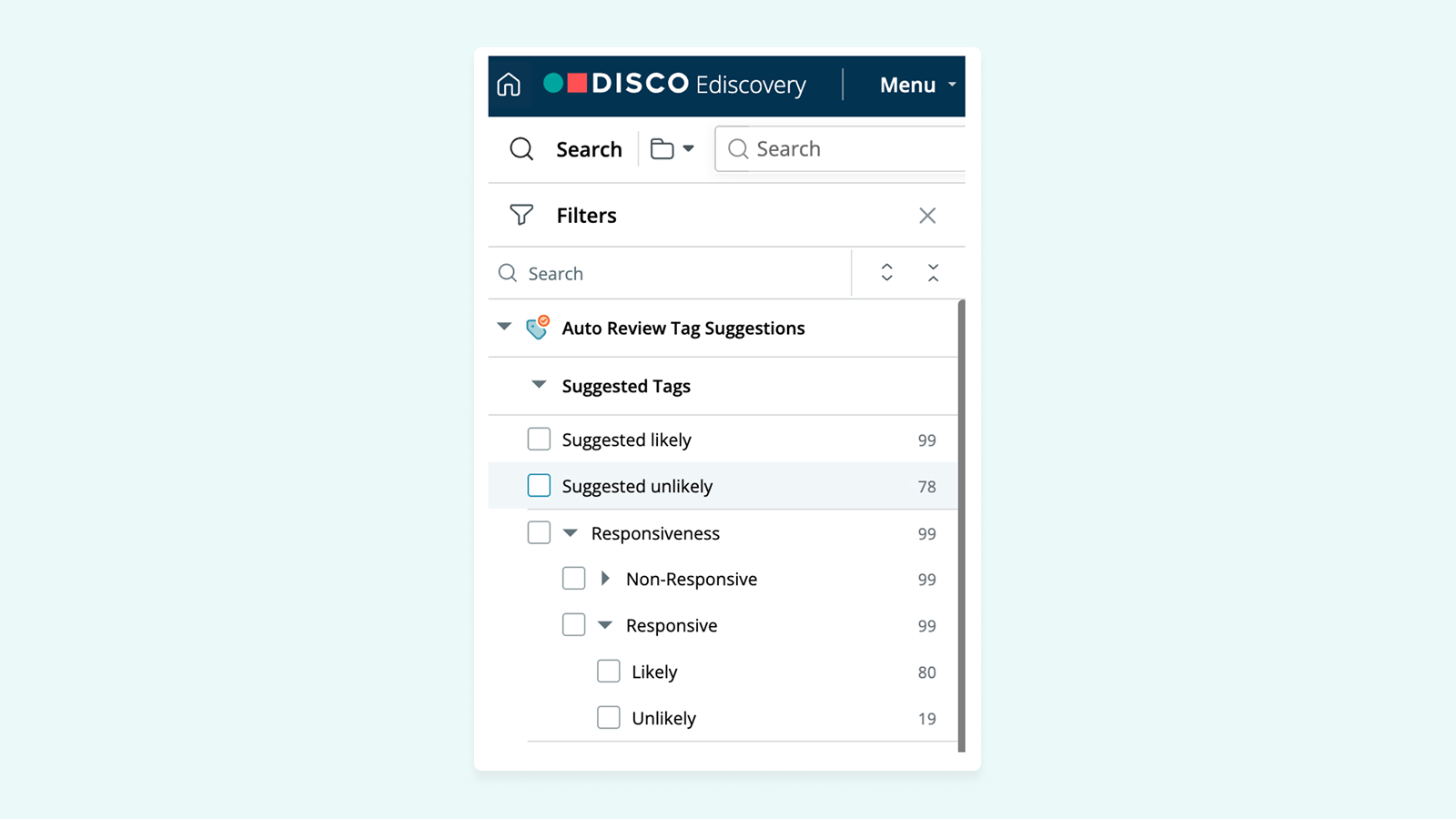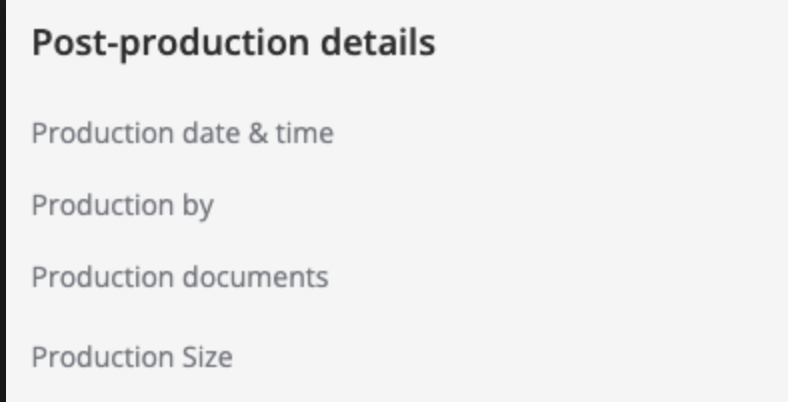⚡️ 1-Minute DISCO Download
Meet Indradeep Biswas
Engineering Manager at DISCO
Engineer, problem-solver, and human.
Q: How do you use AI in your personal and professional life?
Indradeep Biswas: My AI curiosity actually took off with DISCO. In 2017, I worked at a startup in the AI and mobile game space. It felt like AI was the buzzword of that time, even though it wasn’t anywhere near what it is today.
Back then, AI was actually more about training models and getting data fully prepared than anything else. For example, my co-founders and I wanted to make games more engaging, so we used data from actual user gameplay to try and predict how factors like difficulty would impact game engagement.
Now, I see AI as an extremely capable tool for creativity. Even if you are a very talented designer, for example, you still need to have vision to realize your potential. With AI this powerful, we can stretch our imagination far beyond what we previously could, and potentially realize it in a shorter time span. AI has given wings to creativity. AI is full of knowledge, but it’s how we tap into its capabilities that will determine what we can do with it.
Q: What draws you to innovation and founding?
Biswas: I am genuinely curious about how a problem can be solved. I see problems and instinctually wonder about their solutions – ideating is a very exciting journey. When building software, I like to think I’m assembling solutions rather than just building technology for technology’s sake.
I really enjoy that “zero-to-one” journey of building products. To me, creating a product is not so much about theoretical discovery as it is about getting your hands dirty and learning what you can from the ground up, discovering what works and what doesn’t. There are just so many separate “blocks” of technology out there, and if we are able to see how they can be stitched into a cohesive fabric, we could make some very beautiful things.
Related: Humans Behind the AI: Meet the AI Consultant 🖥️
Q: What does the Accelerator 3 team do at DISCO?
Biswas: The term “accelerator” was coined because we were meant to move a lot faster than our typical teams would move. The team was given a charter to explore what we could do with large language models (LLMs) in DISCO’s existing platforms. It was a very high-level charter with no clear guidance of what to build; we were just encouraged to explore and figure it out.
We spent a whole week on an extremely rough sketch of what the idea would look like in real life – a hackathon of sorts. It was like throwing something together with metaphorical duct tape, just to see what worked.
Thankfully, something worked. Around that time, DISCO had just released Timelines to help attorneys organize their cases’ order of events, and we asked ourselves: Can we use an LLM to extract key points from a complaint document and populate a timeline? We essentially started answering this question from scratch, and it resulted in an AI-powered product feature.
I want to highlight that this was a team effort. Everything that has been accomplished on our team is because of the unique talents of every individual that was involved in Accelerator 3. This was not a one-person game – everybody brings their special gifts to the table and it is only when we are able to harmonize that magic happens. On Accelerator 3, we found that harmony.
Related: Humans Behind the AI: Meet the Physicist 🧪
Q: Outside of engineering and AI, what are some of your interests?
Biswas: In 2019, I took a break from my career for nine months and went to a monastery in Southern India for a residential program in yoga and meditation. I found that we are constantly surrounded by noise, and taking those nine months to silence that noise was liberating.
When I attempt to embrace silence, it’s not with the intention of problem-solving and coming up with solutions. But that’s exactly what ends up happening. I find myself thinking about lessons learned from all my failures and those learnings somehow assimilate into solutions. It’s not too dissimilar from what we did in the Accelerator 3 team.
Q: What is your biggest hope and your biggest fear for AI?
Biswas: I hope that we get to apply AI to a wider array of problems. It requires a certain amount of conscious effort to prioritize where and how we can benefit from applying AI in new spaces, and I hope we devote that effort to exploring these new areas.
My biggest fear is reminiscent of Spider-Man’s, “With great power comes great responsibility.” The responsibility is on each one of us to ensure that these technologies are not used for harmful purposes. If nobody bought alligator skin, for example, alligators would not be hunted for their skin. Similarly, we would only build technology with destructive capabilities if we thought to do so.
Do we as a civilization seek to use AI as a solution, or as a seed for creating more problems? I’m hopeful that we will be wise in what we choose.
At large, there’s enough awareness about the possibilities of AI and there is rising consciousness around it. I don’t believe externally imposed control is the solution, but rather conscious choices about how we decide to apply AI will make the difference.
Related: Humans Behind the AI: Meet the Educator 📚
For further reading on the future of legal technology and how AI is shaping the landscape, click here.
Meet more of the Humans Behind the AI:






%20(1).jpeg)








.png)